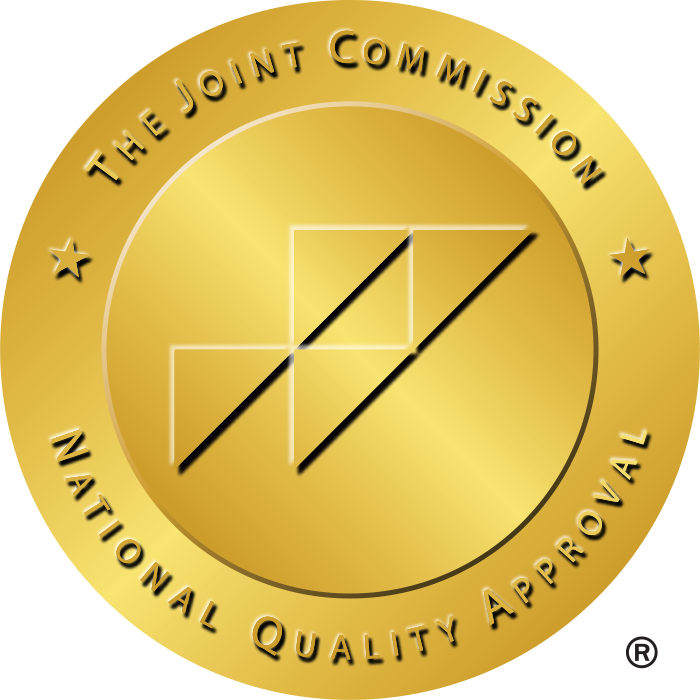The Importance of Networking for Travel Nurses
80% of professionals believe that networking is essential for progressing in one’s career. This is true for travel nursing as building genuine relationships with other professionals in the industry can open doors to better opportunities, provide support, and advance your career.
At the same time, networking can also connect you with trusted recruiters, seasoned colleagues, and insider tips that make your assignments easier and more rewarding. So how do you go about networking, and is it truly worthwhile?
This article will go in-depth into the importance of networking for travel nurses and also share practical tips on how to build these genuine relationships with ease.
Benefits of Networking for Travel Nurses
Proper networking can be the key to better assignments or more advanced strategies for dealing with complex assignments. Basically, creating important connections isn’t merely to widen your professional circle, but to advance your career through the help of these professionals.
Some of the benefits you can expect to enjoy by networking as a travel nurse include:
- Career Boosts and Opportunities: With these relationships, it may become easier to obtain new assignments, find reliable agencies, and even find a permanent position. A recruiter who knows you and has worked with you previously will understand your capabilities and offer you the positions that best suit your needs.
- Support and Mentorship: Travelling to new places can sometimes feel overwhelming, however, networking allows you to meet seasoned nurses who have been through your journey. Supportive colleagues or mentors are in a position to offer assistance, provide guidance, share insights, and help you adjust with ease.
- Skill Building and Knowledge Sharing: Networking opens opportunities for you to share ideas and learn from the experiences of others. Whether it is acquiring clinical skills or staying up-to-date on new practices in health care, you can expect growth in your professional circle.
While there are other benefits like access to industry information and resources, these are the three top benefits you can expect to enjoy by expanding your professional circle.
Effective Networking Strategies for Travel Nurses
So, what are the best ways to connect with professionals in your industry and boost your career? There are several options, but this section will categorize them into three categories: in-person networking, online networking, and Collaboration with agencies.
In-Person Networking
Many professionals argue that in-person networking is the most effective compared to other options. This is because you get to meet the individual face-to-face, make a good first impression, and create a connection.
This option is also best for people who are more conversational and charismatic in person as it will allow you to show your personality and come off as a likeable character. So how do you begin your in-person networking efforts?
You can go to nursing conferences, workshops, or even seminars relating to your area of expertise. These events are often attended by professionals with healthy careers, who you can connect with based on a shared career.
Ensure to be seamless and natural so as not to seem pushy or “weird”. A simple chat during a break or collaborating on a project can be an effective way to reasonably connect with these professionals and build a lasting relationship.
Online Networking
Sometimes, your busy schedule can make it difficult to go for travel nursing seminars and conferences. In this case, you can opt to connect with other professionals online through different social media platforms.
A good example is LinkedIn, which is primarily made for experts to connect and collaborate much easily. You can also use facebook or Instagram for a less formal and more friendly connection with these professionals.
Travel nursing forums and social media groups can also help you seamlessly connect with experienced travel nurses too. You can even share your experience or ask smart questions, which can get you noticed and make connecting much easier.
These connections can even turn to valuable mentors or friends who can guide you through complex assignments or connect with more rewarding jobs. What matters is that you make the connection as natural as possible instead of forced or intrusive..
Collaborate with Agencies
Working with travel nursing agencies is one of the best ways to secure frequent assignments and also receive benefits like housing stipends. But besides these perks, you can also make valuable connections through these agencies.
To do this, always be in contact, especially when you aren’t actively looking for assignments. Send a friendly check-in once to keep you on their rader and show you are willing and able to keep long-term professional relationships.
While you are on assignments, keep your agency updated on your progress, struggles, and goals, but do so professionally. Also ask for feedback on things you can improve, either it’s your resume, communication skills, etc., most agencies like StaffDNA are open to helping you improve.
Keep in mind that most networking strategies fall under these three categories, but what matters is that you remain professional in every interaction. Also try to connect seamlessly and naturally, instead of forcing it or coming across as “strange”.
Overcoming Networking Challenges
Whether you are social or more introverted, networking has its challenges, which can make it difficult to connect with your colleagues. This section will outline those challenges such as shyness and breaking the ice, helping you navigate the professional space.
Navigating Short Assignments
It’s recommended to always connect with healthcare workers on every assignment as they may have tips for navigating complex tasks or keep you in the loop with new procedures. But what if the assignment was merely too short to make that natural transition into being friends in the same profession?
We recommend focusing on making a meaningful first impression and being approachable to your colleagues. Bring them into brainstorming sessions and also ask questions, which can make conversing and sharing professional knowledge more natural.
When your assignment ends, make sure to share contact information and stay in touch through email, social media, or professional platforms like LinkedIn. This will help keep the friendship fresh and make it easier to leverage on when the time comes.
Overcoming Shyness or Social Anxiety
Some healthcare experts are more focused on treating patients and returning home, and overtime, their social skills have slowly deteriorated. This may result in shyness or social anxiety when trying to connect with other healthcare workers, especially those more experienced than you.
To combat this problem, start small by practising active listening and showing interest in what others are doing. This can include asking questions, giving your professional opinion, or even sharing stories when you feel comfortable.
Also, focus on getting used to one-on-one conversations before talking to a group because they can be very overwhelming. The last thing you want when making a first impression to a group of experienced surgeons is to stutter and ramble.
Breaking the Ice in New Environments
Any good friendship first starts with breaking the ice, which you have to do especially when you are in a new location. The best approach is to start with simple gestures like introducing yourself, offering help, or joining team activities.
As previously mentioned, you can also bring in your colleagues for their professional insight in tough questions or provide your opinion non-intrusively. Ensure every approach is done politely with no teasing or unnecessary humor as some may not appreciate it.
Conclusion
Always have a positive mindset when approaching networking as a travel nurse because most professionals are also open to connecting with like-minded people. But it make the whole process seamless and feel natural, be respectful, introduce yourself, and never introduce, like interrupting a conversation.
Good luck!







